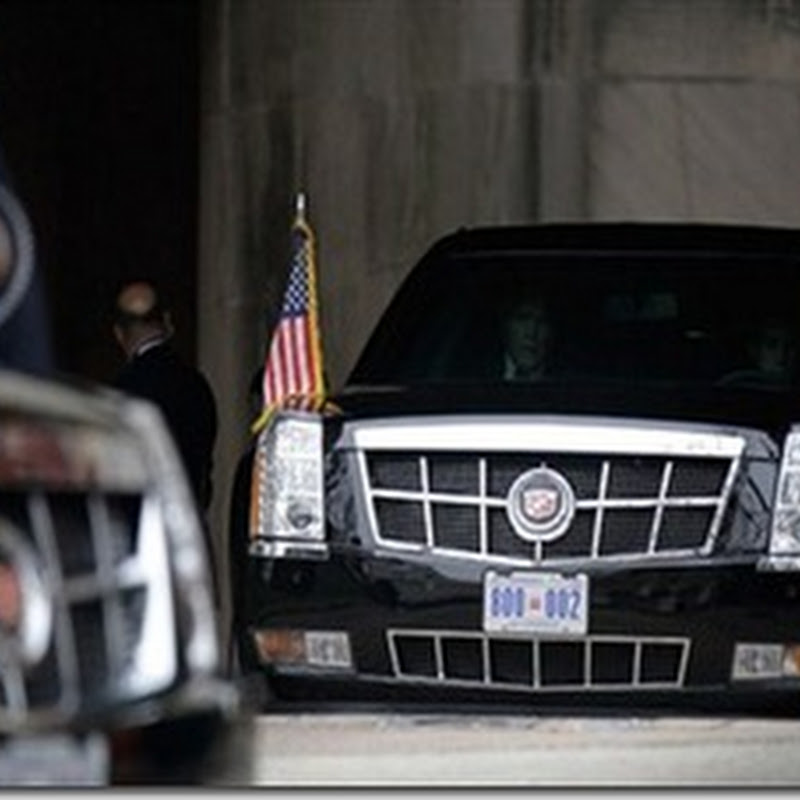Mopaully wrote that MoPar Muscle Feb/Mar 1991 listed the following 1969 production figures: 392 Charger 500s, 67 Hemi 500s, 433 Daytonas with 440, 70 Daytonas with Hemi. Sales were already down, though, with only 69,000 built - still double the 1966 sales.
The Charger was left virtually untouched, and for good reason. They added a center grille divider, and recessed taillights. The backup lights moved to below the rear bumper.
The Charger 500, with a Coronet grille and a flush rear window, was built by Creative Industries; 500 were sold in accordance with NASCAR rules. The main reason for the Charger 500 was to eliminate aerodynamic problems that hurt it in comparison to Ford's lower-power but more slippery racing models. Chrysler had an ace up their sleave, though: the product of extensive wind tunnel testing, the Charger Daytona included a massive rear spoiler and an aero nose. No other car could match it for top speed (200 mph), with its standard 440 and optional Hemi. Its looks, notable today, were not appreciated in 1969.
The slant six was actually added to the range — or this year, though only about 500 were sold. Slant-powered Chargers, if left unmodified, would have been fairly slow (even modified, they had quite a bit of weight to push around).
Richard Bowman wrote: (courtesy of the Walter P. Chrysler Club)
For 1969, Dodge refined Charger "to provide customers with even more attractions without disturbing Charger's unique wedge-farm design or identity." A new grille and tail light treatment were added to bolster the sporty image. New vinyl roof treatments and exterior colors were offered to appeal to the youthful driver. Engineering innovations ranged from manual tilt seat adjusters and easier rear door lock buttons to improved brake adjusters and headlights on warning buzzer.
A new optional Special Edition decor group for Charger and Charger R/T models was added. It featured leather bucket seats, wooci grain steering wheel, and wood grain inserts on the instrument panel.
These cars are identified by SE name plates on the roof pillars. The Special Edition package also included bright trimmed pedals, deep dish wheel covers, and a light group including time delay ignition light and hooa mounted turn signal indicators.
Dodge also had a Charger for the Scat Pack. The Charger 500 was designed for the performance-minded driver. At first glance it looks much like the standard Charger, but it has two major differences. The rear window has been slanted more so that it is flush with the trailing edge of the rear window pillars. The basic Charger and Charger R/T have a "tunnel roof" and the rear window is slanted less. The grille is flush mounted instead of recessed to improve air flow and the headlights are fixed instead of concealed as in the Charger and Charger R/T. The 500 is powered by the 426 cubic inch Hemi engine. The Charger 500 was built to a NASCAR requirement to allow Chargers to race on the stock car circuit. (Flush mounting provided a tremendous aerodynamic advantage which was to culminate in the Charger Daytona.)
At the other end of the spectrum Dodge also built a 225 slant six Charger for those desiring economy in a sporty looking package. Approximately 500 of these cars were built.
For 1969, an even wider array of vinyl top choices were offered inclining tan, green, black, and white.
Charger's sporty car appearance in 1969 was enhanced by the use of a divided grille with six functional air vents in the divider piece resembling dual intakes. Near wall to wall rectangular tail lights which were recessed replaced the dual, round projecting lights used on the 1968s. These lights are surrounded by a black insert as they were in 1968 to retain Charger's highway identity.
Standard engine for 1969 was the 318 cubic inch V-8 producing 230 horsepower (gross). The standard six cylinder was the 225 cubic inch, 145 horsepower (gross) slant six. Two optional 383s were offered with either a two or four barrel carburetor set up producing 290 and 330 horsepower respectively. In the Charger R/T, which accounted for 21 percent of 1968 Charger sales, the 440 C.I.D. Magnum, 375 H.P. power plant was standard and the 426 C.I.D., 425 H.P. Hemi was optional.
A high rate rallye type suspension, including sway bar, was standard. The R/T and 500 models had special handling suspension package which inclined heavy duty torsion bars, heavy duty shocks, extra heavy duty rear springs and sway bar. The long list of options included automatic speed control, front disc brakes, tachometer, rear window defogger, AM, AM/FM, and A M/Stereo Tape radios.
The Charger's wheelbase remained at 117 inches, overall length was 208 inches, width 76.6 inches, and height 53.2 inches.
Dodge also built in 1969 the Dodge Charger Daytona. This model was built specifically for the Daytona 500, and other stock car races. The Daytona marked a concerted effort by Dodge and Chrysler Corporation to take back the NASCAR limelight from Ford. The Daytona featured a wind cheating billet shaped front cap instead of the standard grille, hidden headlamps, front spoiler, flush backlight, and a huge rear deck spoiler. Compared with the Charger 500, the Daytona was about 20 percent more aerodynamically efficient. Dodge built 505 Charger Daytonas, just enought to beat the NASCAR stipulated 500 unit limit to qualify as a production model. Standard engine in the Daytona was the 440 cubic inch V-B, the 426 Hemi was optional. The Daytona's first outing at Talladega, Alabama was successful. Piloted by Richard Brickhouse, the Daytona won handily. Charger also won at the Daytona 500 driven by Bobby Isaac. Dodge won 22 Grand National races that season, but the NASCAR manufacturers trophy went to Ford.
1969 production totaled 69,000 Chargers.








